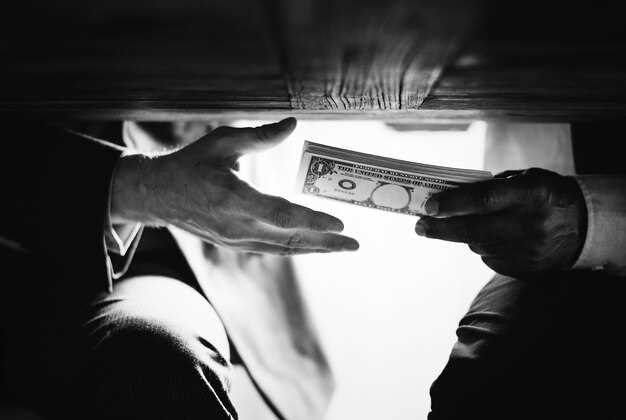Understanding auction fees and hidden costs


Auction environments can be exhilarating and profitable for buyers and sellers alike, yet the final price of any item is rarely the whole story. Often, participants in auctions encounter a range of fees that can significantly affect the overall cost. These additional charges can come in various forms, from buyer’s premiums to administrative costs, making it essential for prospective bidders to fully grasp the financial landscape before placing their bids.
One of the more commonly encountered fees in an auction is the buyer’s premium. This is a percentage added to the hammer price and can vary widely depending on the auction house or platform. Understanding these salvage fees is crucial, as they can easily transform what seems like a great deal into a financial burden if not accounted for. Moreover, other hidden costs, such as taxes, shipping, and handling charges, can further inflate the total expenditure.
As the thrill of bidding takes over, it’s easy to overlook the numerous auction costs that lie beneath the surface. Failing to factor these fees into your overall budget can lead to unexpected consequences. Thus, thorough research and a keen awareness of all potential expenses are imperative for anyone looking to navigate the auction world successfully.
Breaking Down Common Auction Fees

When participating in an auction, understanding the various fees involved is crucial to effectively managing your overall cost. Auction fees can vary significantly depending on the auction house and the type of auction being held. Here we will break down some of the most common fees you might encounter.
Buyer’s Premium: This is perhaps the most well-known fee in the auction world. The buyer’s premium is a percentage added to the final bid price, which the winning bidder must pay in addition to the hammer price. This fee compensates the auction house for its services and can range from 5% to 25% depending on the auction house.
Registration Fees: Some auction houses require participants to pay a registration fee to bid. This fee can be nominal or substantial, depending on the auction’s prestige and market value. It’s designed to cover administrative costs associated with managing bids and ensuring only serious buyers participate.
Listing Fees: If you are selling an item at auction, you may be charged a listing fee. This fee is charged for cataloging your item and includes costs associated with photography, marketing, and auction setup. Listing fees can vary based on the item’s value and the auction house’s policies.
Shipping and Handling Fees: After winning an item at auction, you will often incur shipping and handling fees to have your purchases delivered. These costs can vary widely based on the item’s size, weight, and the distance it needs to travel, so be sure to inquire about these charges in advance.
Payment Processing Fees: Some auction platforms impose processing fees when accepting certain payment methods, such as credit cards. This fee might be a flat rate or a percentage of the total purchase price. Understanding these costs upfront can prevent unexpected charges when settling your invoice.
Each of these fees contributes to the total cost of participating in auctions. By familiarizing yourself with these common charges, you can better prepare for your auction experience and ensure that your budget aligns with your bidding strategy.
Calculating Salvage Costs: What You Need to Know

Salvage costs refer to the expenses associated with recovering value from items sold at auctions, especially in cases where the condition of the goods is not optimal. Understanding these costs is crucial for bidders looking to maximize their returns. Auction fees can vary significantly, impacting the overall profitability of the investment.
When calculating salvage costs, start by considering the auction fees associated with purchasing items. These fees may include buyer’s premiums, taxes, and additional charges imposed by the auction house. Buyer’s premiums are usually a percentage of the final bid and can significantly inflate the total cost.
Next, evaluate any repairs or refurbishments necessary to restore an item’s value. This includes costs for labor, materials, and time spent on restorations. Detailed research on market values for similar items can help you estimate potential resale prices, highlighting the importance of accurate cost assessments.
Transportation costs are another crucial factor. Consider the expenses incurred when moving auction items from the auction venue to your location. This includes shipping, handling, and any necessary storage fees if the items cannot be immediately resold.
Finally, it’s essential to account for any unforeseen costs that may arise during the salvage process. These can include additional repairs, disposal fees for unsellable items, and costs related to maintaining inventory. By comprehensively calculating these factors, bidders can make informed decisions and better understand the true cost associated with auction purchases.
Identifying Hidden Costs in the Bidding Process
When participating in an auction, bidders often focus on the winning bid amount without considering additional fees and expenses that can significantly affect the total cost. Understanding these hidden costs is crucial for effective budgeting and successful bidding.
One of the most common hidden costs is the auction fee, which may include registration fees and buyer’s premium. These fees can vary widely depending on the auction house or platform, sometimes impacting the final price by a considerable margin. Always check the auction terms to verify how these fees are calculated and applied.
Another aspect to consider is the potential need for repairs or modifications if you’re bidding on salvage items. Many auctions feature assets that are not in perfect condition, meaning that the winning bid might not cover the total expenditure. Factoring in repair costs can help you avoid unexpected financial strain after winning an auction.
In addition to these costs, transportation and storage fees could also arise, especially for larger items or unique assets. It’s essential to foresee these additional charges to prevent them from surprising you after the auction closes.
By identifying and evaluating these hidden costs in the bidding process, you can make informed decisions and better prepare for the financial implications of participating in an auction.